Powerful Protection from Payment to Delivery
Secure and Reliable Payment
Money Back Guarantee
Shipping and Delivery
After-Sales Service
Enter the order reference number received by email to check the status or make payment.
What are the functions of resistors? 7 functions
As the most fundamental component of electronic circuits, resistors are used in various electronic circuits.
But why can resistors be applied in different parts of electronic circuits? What are their functions? This article will provide a detailed explanation.
According to the official definition of resistors, they are conductors that hinder the flow of electric current.
This is the basic characteristic of resistors, which hinder the flow of electric current. It is also because of this characteristic that resistors have evolved into various usage scenarios.
1. Current Division
When several electrical appliances with different rated currents need to be connected in parallel in the main circuit of a circuit, in order to prevent the electrical appliance with the smallest rated current from being burned out, a resistor can be connected in parallel between the two ends of the electrical appliance with the smaller rated current to reduce the amount of current flowing into the electrical appliance and to achieve current division.
2. Current Limiting
Increase the overall resistance value of the circuit to ensure that the current does not exceed the rated current of the electrical appliance or the specified value required for actual work, thus ensuring the normal operation of the electrical appliance.
3. Voltage Division
Similar to current division, electrical appliances or ICs generally have rated voltage and current values. The circuit design needs to ensure that the voltage supplied does not exceed the rated voltage of the electrical appliance. Therefore, resistors are connected in series to share part of the voltage and ensure that the voltage of the electrical appliance does not exceed the rated voltage.
4. Conversion of Electrical Energy into Internal Energy
When electric current passes through a resistor, it will convert all or part of the electrical energy into internal energy, resulting in heating effects.
Common examples include electric stoves, rice cookers, and heaters, which convert electrical energy into internal energy.
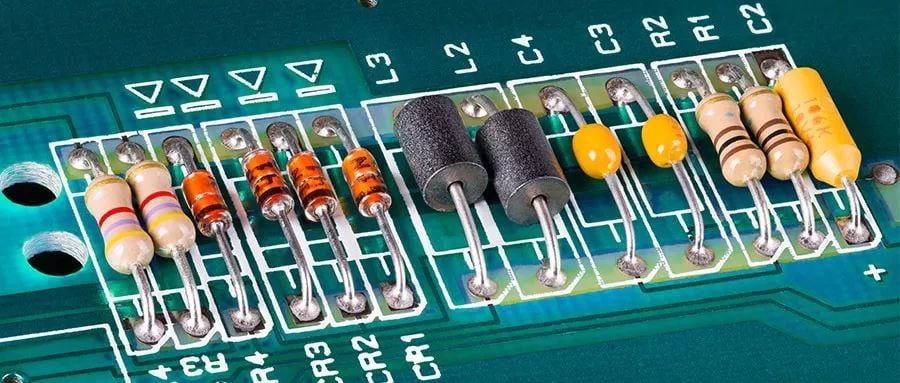
5. Pull-up and Pull-down
This is mainly applied in single-chip microcomputer circuits or complex circuits. Pull-up refers to pulling the interface up to the resistor, making the interface level high in the initial state; pull-down is the same, pulling the interface down to GND through the resistor, making the interface level low in the initial state. This can keep the circuit stable and prevent accidental or unnecessary results.
6. Filtering
Generally combined with capacitors to form an RC filter, reducing and filtering out noise and restoring the true useful signal.
7. Jumper
This function is generally used in debugging. When designing a circuit, a resistor is connected between the pin and the chip to facilitate later debugging. When not needed, the resistor can be removed. At the same time, in fault analysis, a certain path can be disconnected for FA analysis.
Recent Posts

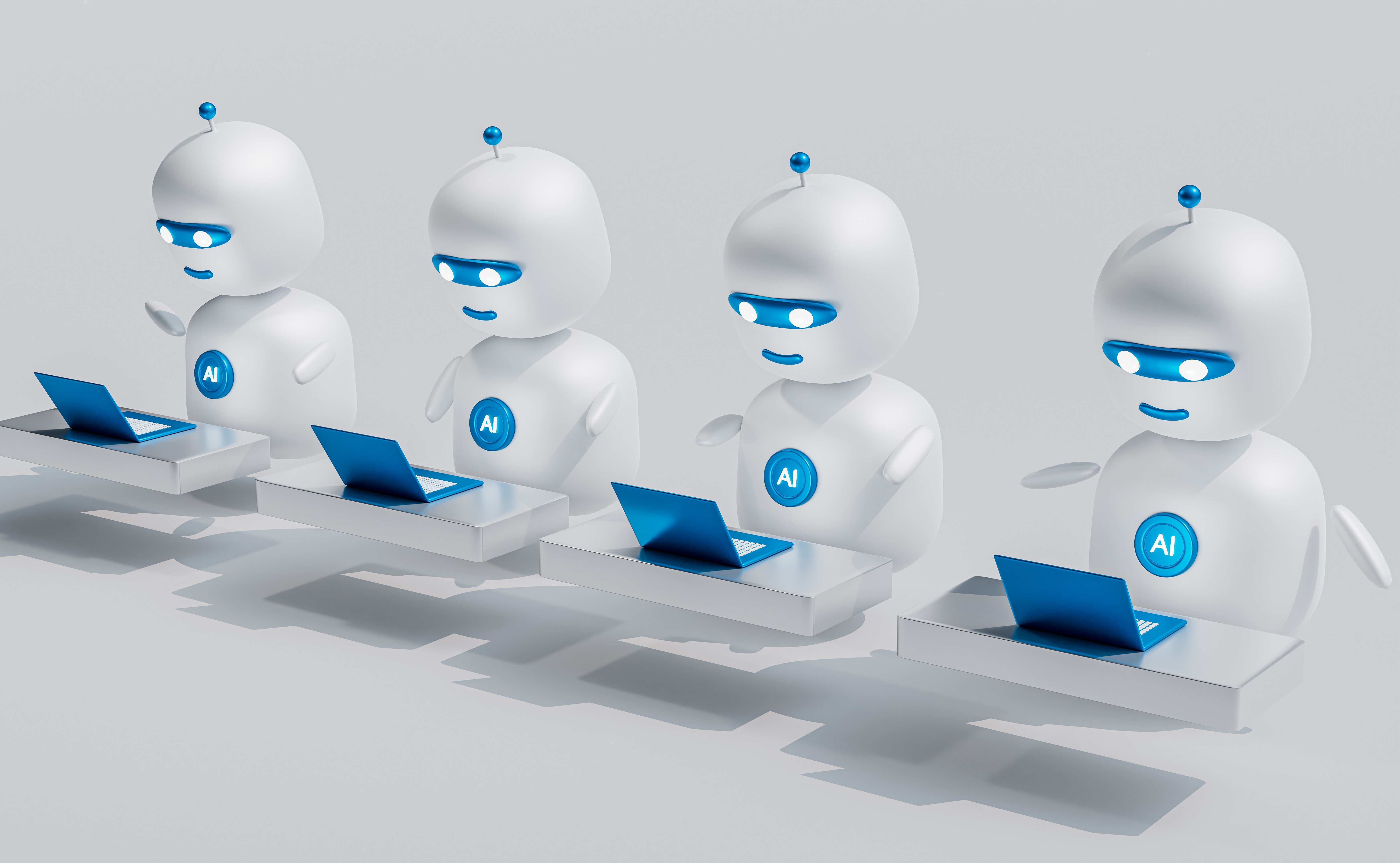
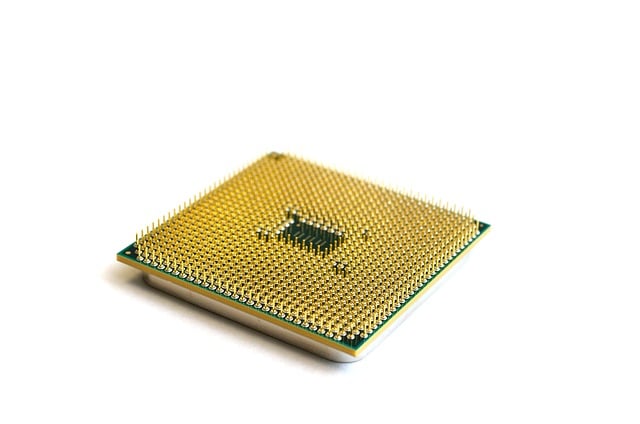
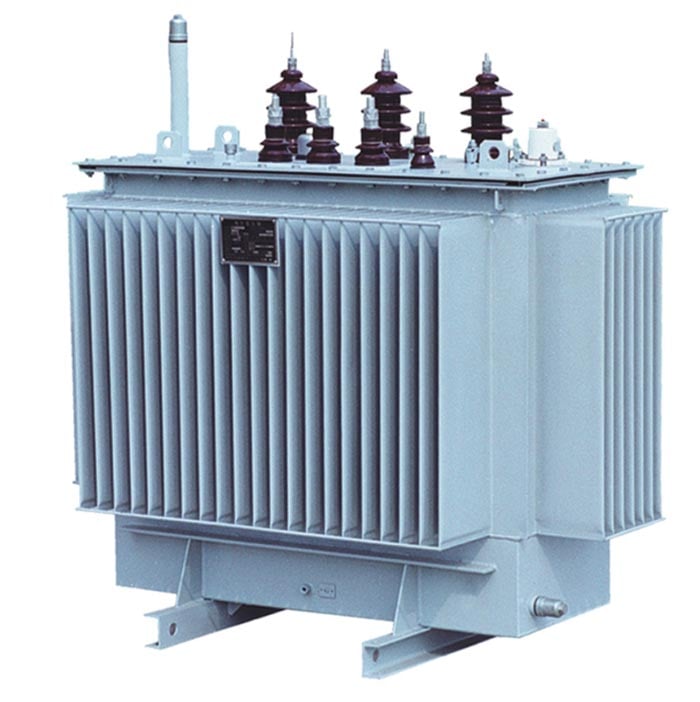
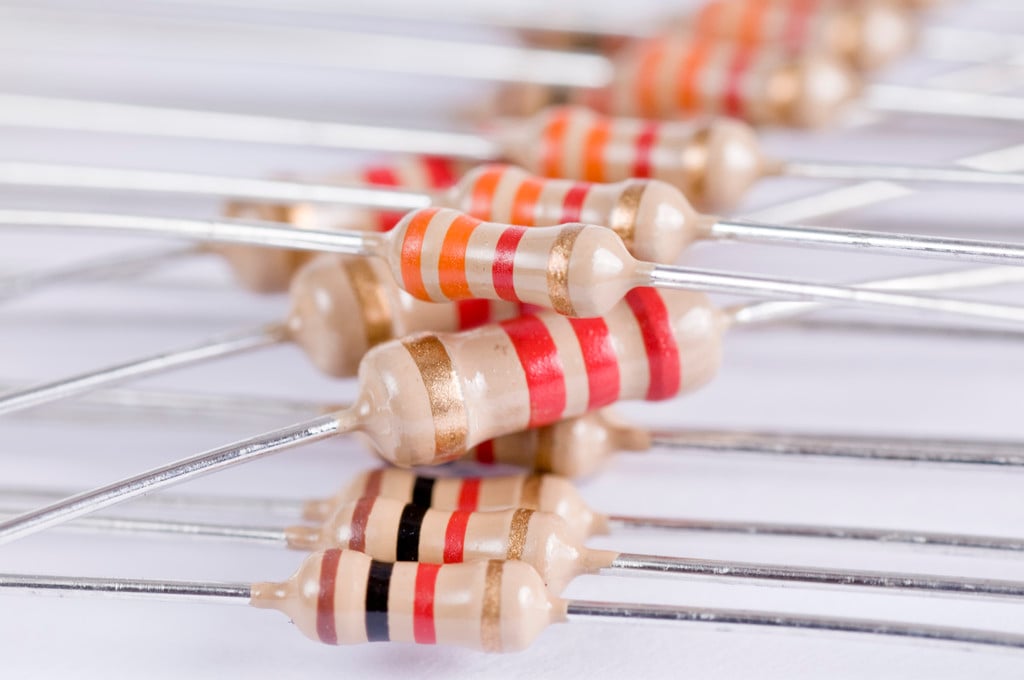
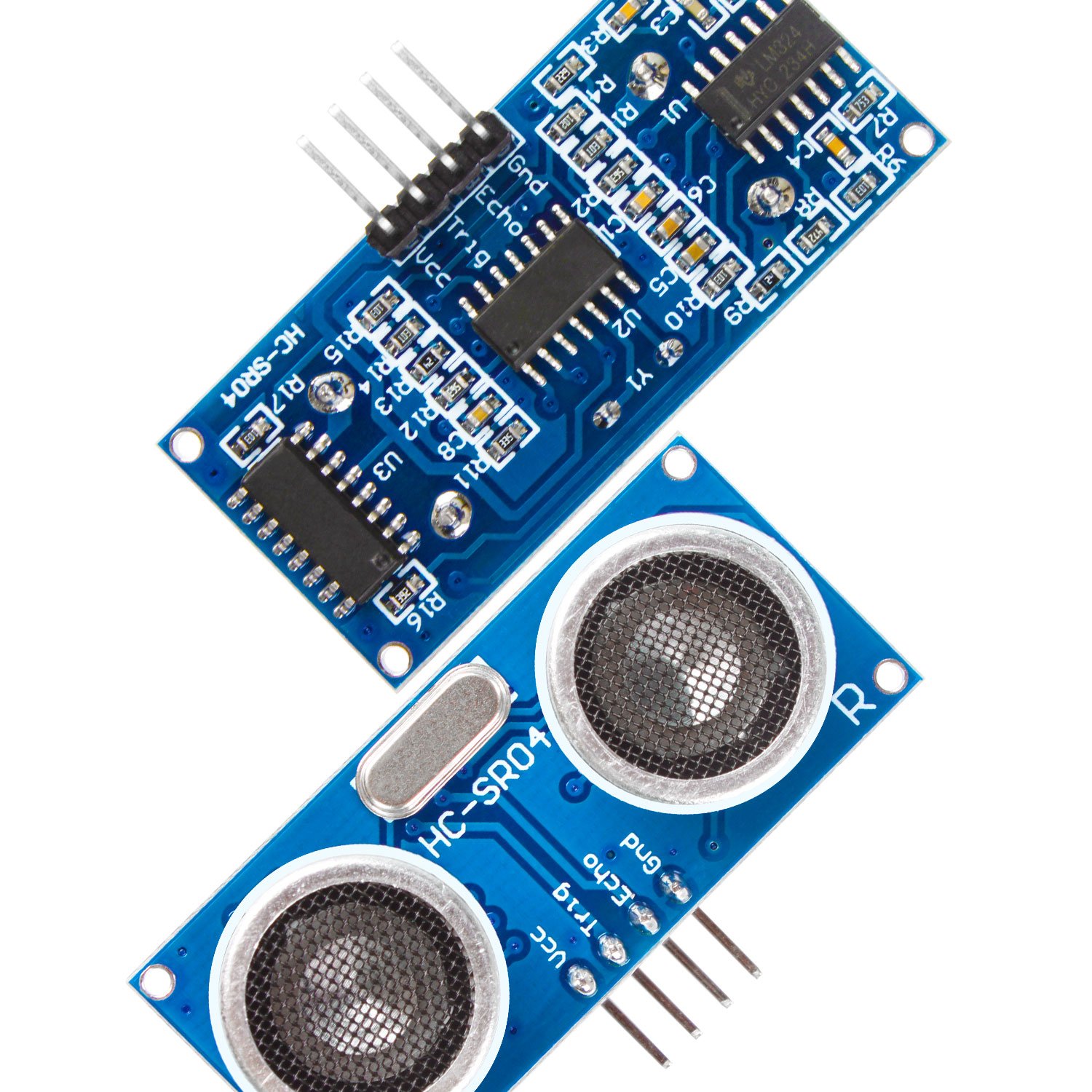
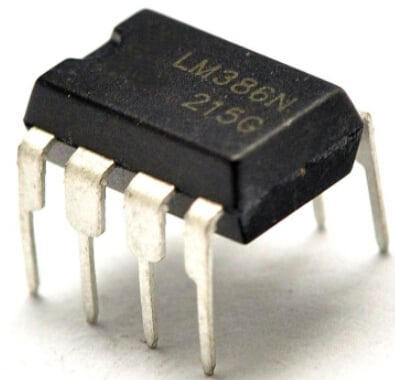

Company
About UsContact UsTerms & ConditionsPrivacy StatementPayment,Shipping & InvoiceRefund & Return PolicyWarranty PolicyFrequently asked questionHolidays for Chinese Mid-Autumn Festival and National Day in 2023


















